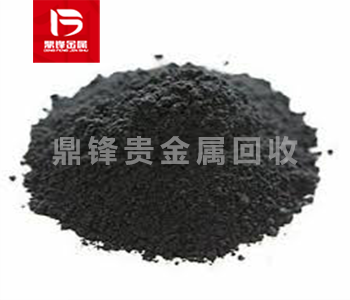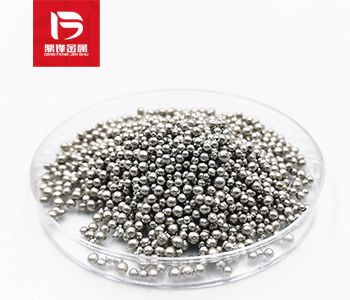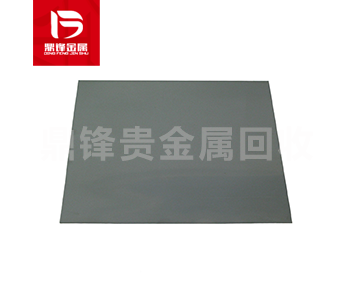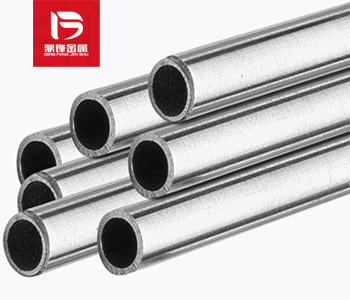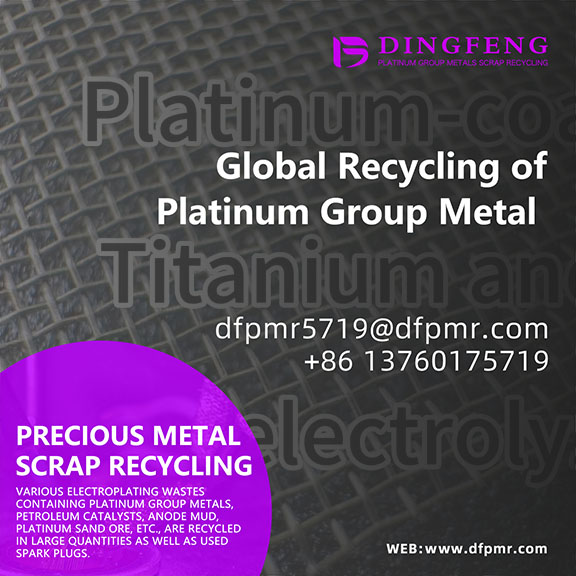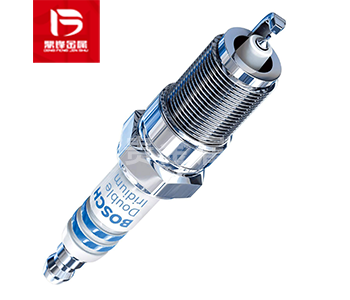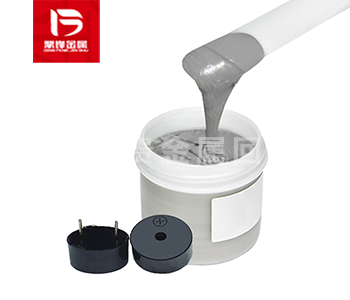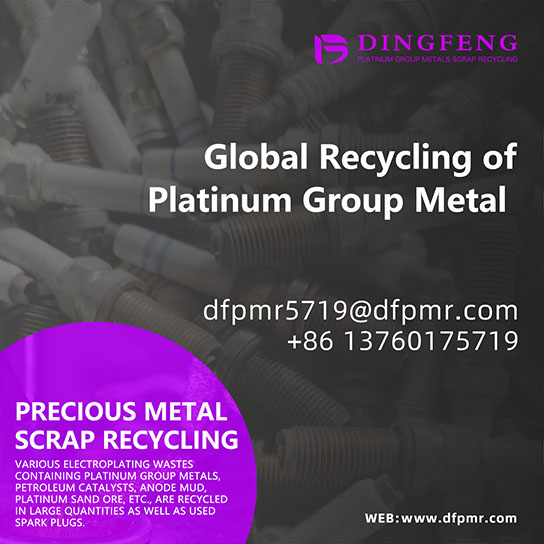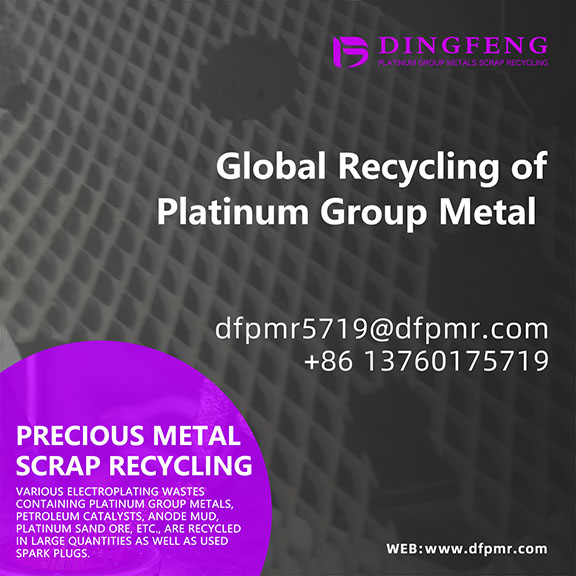Platinum carbon recovery_ Platinum carbon recovery_ Precious metal catalyst recycling manufacturer
Platinum carbon is a composite material formed by embedding platinum nanoparticles in a carbon material matrix. Waste platinum carbon is one of the sources of recycling waste platinum-containing precious metal catalysts. Other sources of recycling waste platinum-containing precious metal catalysts include platinum oxide recycling, platinum chloride recycling, chloroplatinic acid recycling, platinum nitrate recycling, platinum iodide recycling, and ammonium chloroplatinate recycling.
Product Details
Platinum carbon is a composite material formed by embedding platinum nanoparticles into a carbon material matrix. Its preparation method usually involves two main steps: first, preparing platinum nanoparticles, and then combining them with carbon materials. The presence of platinum nanoparticles endows platinum carbon with excellent catalytic and conductive properties, while the carbon material matrix provides high stability and conductivity.
Common methods for preparing platinum carbon:
1. Sol gel method: This is a commonly used method to prepare platinum carbon. Firstly, by mixing appropriate platinum precursors with solvents to form a sol. Then, under appropriate conditions such as temperature and concentration control, the platinum sol is reduced to platinum nanoparticles by adding appropriate reducing agents. Next, immerse the carbon material in the reduced sol and fix platinum nanoparticles in the carbon material matrix through drying and calcination steps.
2. Chemical vapor deposition method: This method uses gas-phase precursors to directly deposit platinum nanoparticles onto a carbon material matrix. Firstly, a suitable gas-phase precursor (such as platinum alkoxide) is introduced into the reaction chamber and decomposed at an appropriate temperature. Platinum nanoparticles are generated and deposited on the surface of carbon materials. This method can achieve precise control of the morphology and size of platinum nanoparticles.
3. Electrochemical deposition method: This method utilizes electrochemical reactions to directly deposit platinum nanoparticles on the surface of carbon materials. Firstly, place the carbon material as the working electrode in an appropriate electrolyte solution. Then, by controlling the potential or current density, appropriate platinum ions are catalyzed and reduced on the surface of the carbon material, thereby depositing platinum nanoparticles on the carbon material.
4. Mechanical mixing method: This is a simple and direct preparation method. By mechanically mixing platinum nanoparticles with carbon materials, platinum nanoparticles are uniformly dispersed in the carbon material matrix. Then, through appropriate post-processing steps, such as calcination, to enhance the binding and stability of platinum carbon.
Waste platinum carbon is one of the recycling sources of platinum containing precious metal catalyst waste. The recycling sources of platinum containing precious metal catalyst waste include platinum oxide recovery, platinum chloride recovery, Chloroplatinic acid recovery, platinum nitrate recovery, platinum iodide recovery, Ammonium hexachloroplatinate recovery, etc. If you have any demand for waste recycling, please call our 24-hour service hotline. Dingfeng Precious Metal Recycling and Refining Factory has independent recycling and refining factories without intermediaries to earn price differences. Our professional technical team and customer service personnel provide one-on-one services to ensure customer privacy during the recycling process.


